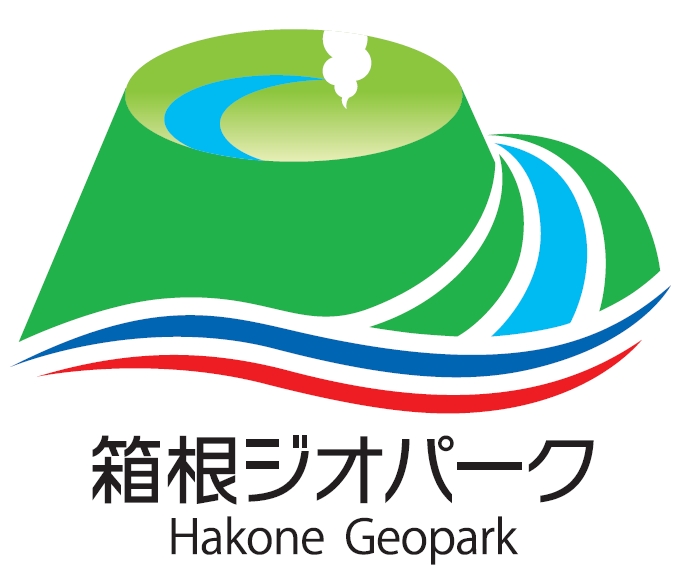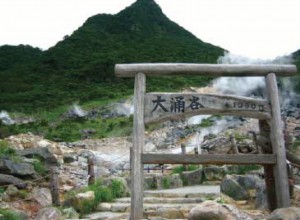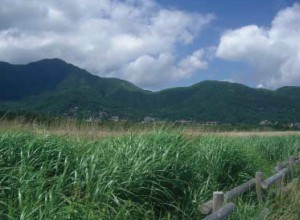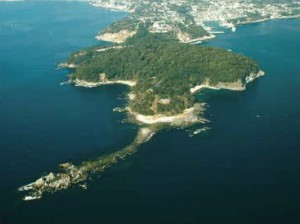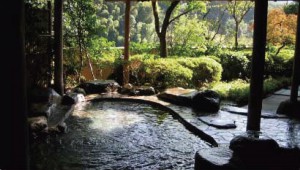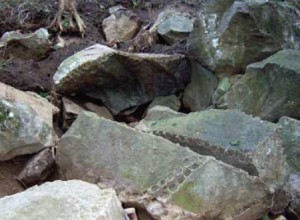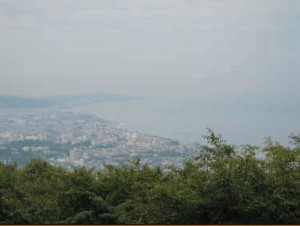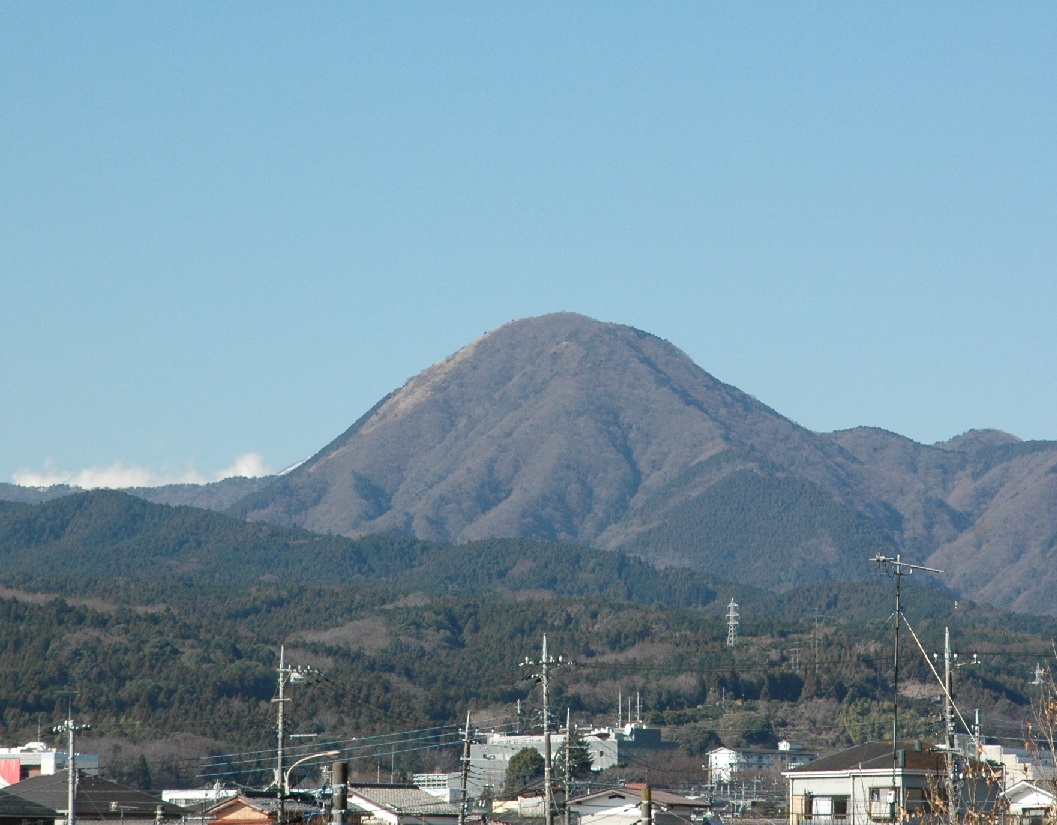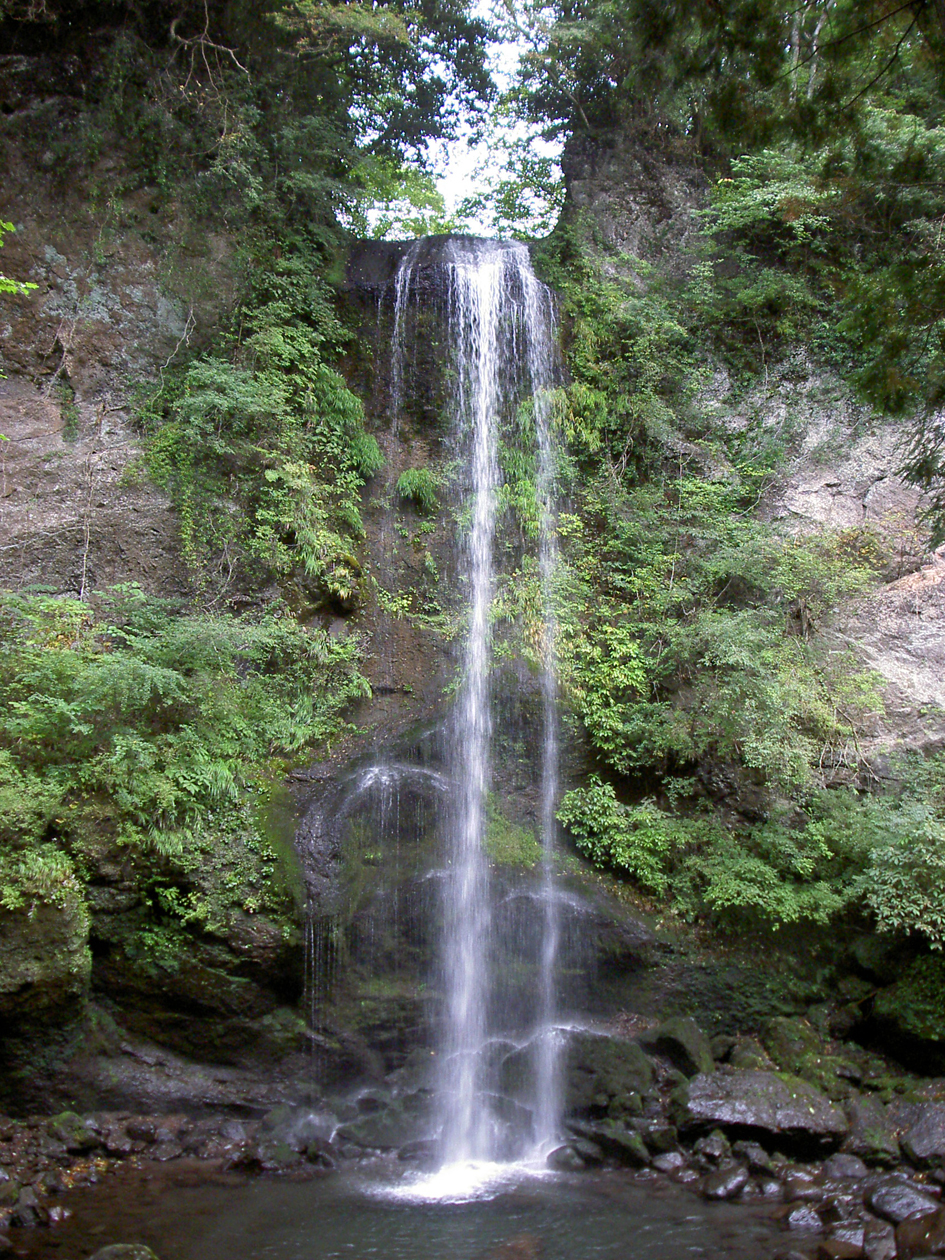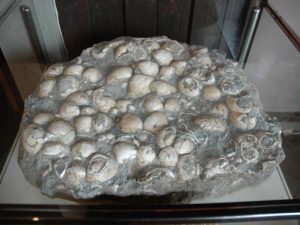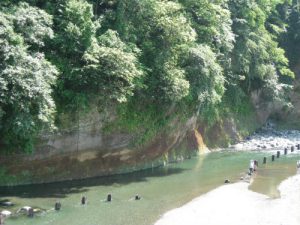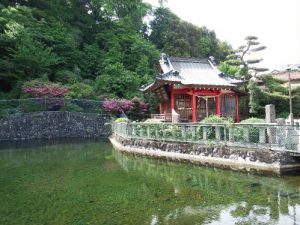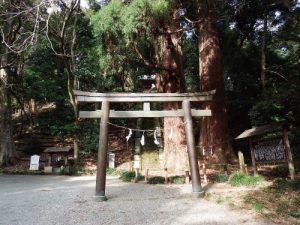What is a Geopark?
Hakone Geopark is a natural park that offers opportunities to experience, learn, and enjoy geological activities.
Visitors can discover the link that connects the local plants and animals as well as our own history and culture with the geographical characteristics created by Hakone Volcano.

Hakone Area
The Hakone Area is located in the caldera rim of the Hakone Volcano that was formed by volcanic activities about 400 thousand years ago. Because of this, the landscape is complex. This area is comprised of lakes, rivers, grasslands and has a wealth of hot springs formed by volcanic activities and the dynamic activities of the earth can be felt in this area.
H1 Owakudani(Fumarole Field)
Owakudani is an area with constantly rising gases and the smell of hydrogen sulfide lets you closely feel the breath of the volcano.
Owakudani is a Geosite that represents Hakone Geopark.
H5 Sengokuhara Marsh
Sengokuhara Marsh is where there was a lake that once was spread out around the Sengokuhara area and later turned into wetlands.
At the Hakone Botanical Garden of Wetlands adjacent to Sengokuhara Marsh, many varieties of plants that live in the wetlands can be observed.
Yugawara Area
Yugawara onsen (Yugawara hot springs) was sung from long ago in Manyoshu (the oldest Japanese anthology) and benefited from the Yugawara volcano which was part of the Hakone volcanic zone. Many distinguished writers and artists have visited here and was the stage of the February 26 incident at Kofuso. In this area you can feel the blessing of nature while experiencing it historic culture.
Y1 Mt. Makuyama
At the ume plum grove where 4,000 plum trees blossom against the backdrop of the lava wall of the Hakone volcano, a “Ume-no-utage (Plum Feast)” is held every year and the view of Sagaminada from the summit is breathtaking.
Y6 Yugawara Onsen (Yugawara Hot Springs)
The hot springs has a long history and its efficacy has been highly regarded. In the Edo period, it was even ranked as Komusubi (4th highest) of the East in hot springs rankings.
Manazuru Area
Manazuru had thriving industries that took advantage of the blessings of “Geo (earth)” from ancient times, stone industry that utilized the lava, fishing industry that received the favorable effects of the abundant greenery, and lived closely with “Geo”. You can experience Geopark throughout Manazuru.
Ma1 Coastal Forest and Fish Breeding Waters
People in Manazuru say that because this forest exists, the fish tastes delicious. Please taste for yourself the blessings of “Geo”.
Ma6 Manazuru Peninsula Stone Quarry Sites
The majority of the shoreline of Manazuru was not created by sea erosion. In the past, stone was quarried from the Manazuru shoreline and you can see traces of the quarries in various areas of the shoreline (arrow holes).
Odawara Area
The entrance to Hakone Geopark flourished as a castle town from the Sengoku (warring states) era. Odawara-jo Castle and Ishigakiyama ichiya-jo Castle that became the stage of history, used the lava from the activity of the Hakone volcano to make a stone wall and is an area where you can see usage of the geological resources and touch a part of Japan’s history of that era.
O1 Hayakawa-ishichouba-gun (Stone Quarry Sites)
During the fortification of Edo-jo Castle, this is the remains of where materials for stone walls where cut out from the stone quarry. The ruins of where the rock cutting work took place remain and can tell you what it was like at that time.
O2 Odawara-jo Castle and Odawara Irrigation Channels
The castle of Hojo that even Uesugi Kenshin and Takeda Shingen could not defeat.
An empty moat and earth walls remain and currently water from the Odawara Irrigation channels from the Sengoku era flows in the moat.
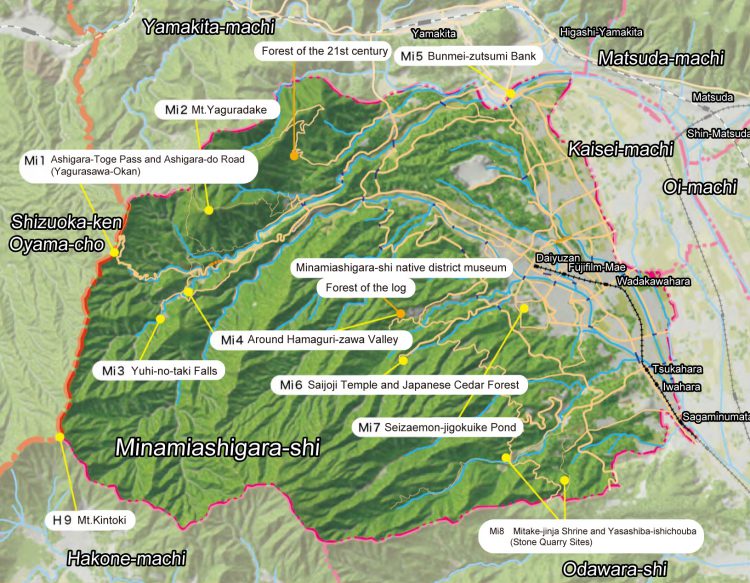
Minamiashigara Area Geosite
8 new geosites were added to the geopark with the addition of Minamiashigara area in 2016.
For example, at Mt. Yaguratake, a very new rock formation in the world, you can experience the dynamic earth movements of the Ashigara group, which joined the mainland by the collision between the plates. Also Ashigara road which has a history that is older than Tokaido has been added.
Theme of the Hakone Geopark can be understood by studying the geosites.
Mi1 Ashigara-Toge Pass and Ashigara-do Road (Yagurasawa-Okan)
Ashigara road has a history older than the Tokaido road which passes through Hakone.
The Ashigara road was used as an official road to connect the east and the west, and Yamato Takeru No Mikoto is said to have passed through this road during the eastern expedition. During the Edo period, it was called Yagurasawa round trip and served as a secondary highway to the Tokaido road.
Mi2 Mt. Yaguradake
Mt. Yaguradake which is made of plutonic rocks, formed by magma, is a rare mountain in the world. It was lifted to a height of 870 m above sea level approximately 1.15 million years ago.
Mi3 Yuhi-no-taki Falls
“Displacement of fault” and “Erosion” created the Yuhi-no-taki falls. There is also a folktale that Kintaro used the water for bathing. The waterfall is 20 m tall and sometimes frozen during the cold season.
Mi4 Around Hamaguri-zawa Valley
The Hamaguri-zawa valley was once where at the bottom of the sea, but the ocean bottom was lifted due to the movements of the plates and formed the land. Clam fossils found in the surroundings are exhibited at the Minamiashigara Local History Museum.
Mi5 Bunmei-zutsumi Bank
The cliffs surrounding the Bunmei-zutsumi bank, were formed by the erosion of the ground where the pyroclastic flow of Hakone volcano deposited approximately 66,000 years ago. The structure is such, so that the flowing water strikes the surrounding cliffs, it reduces the force and prevents the river from causing floods.
Mi6 Saijoji Temple and Japanese Cedar Forest
Saijoji Temple is an old temple of the Soto sect which was built halfway up the Myoujingatake that is at the outer rim of the Hakone volcanic crater. A priest Ryo-an-Emyo was the temple founder, and a monk Doryo, who was deeply involved in constructing the temple, turned into a Tengu (a long-nosed goblin) and became the caretaker of the temple. At the temple ground there are over 17,000 cedar trees.
Mi7 Seizaemon-jigokuike Pond
Spring with a water volume of 13,000 tons per day, its source is the outer rim of the Hakone volcanic crater. According to legend, the spring is named after Kato Seizaemon who went to search for water source and fell into the hole which the spring gushed out.
Mi8 Mitake-jinja Shrine and Yasashiba-ishichouba (Stone Quarry Sites)
It is said that Mitake-jinja Shrine has been constructed during the Heian era and the area name “Mitake” originated from it’s name. Evergreen broad-leaved trees such as Torii cedar and castanopsis sieboldii are designated as natural monuments. In the vicinity, there is a quarry from which stones were used to build walls such as that of the Edo castle.
